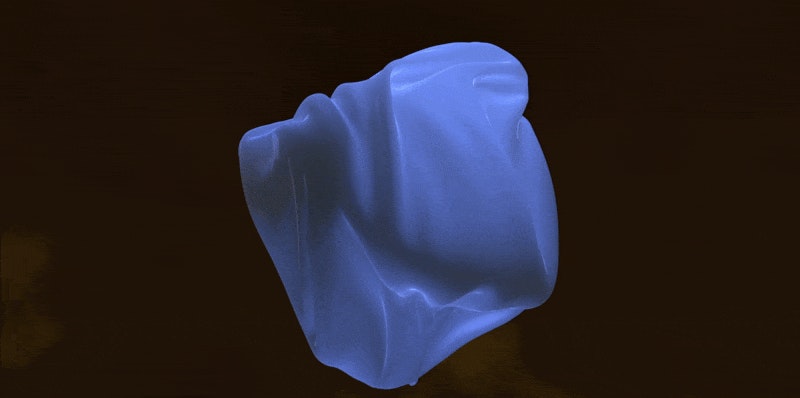Designed to work
It is pretty clear by now: our way of working has become more complex. We used to agree on how to organize work - office, hierarchy, control. But the whirlwind social developments, new technical possibilities and pandemic-related changes have made other forms of work possible and necessary.
Demographic change and the resulting shortage of skilled workers have reversed the traditional relationships - businesses are now actively competing for candidates on the labor market and must clearly demonstrate their understanding and their response to changing needs.
Most businesses also experience challenges with different generations of employees coming together. They often bring very different levels of expertise, digital understanding, mindset and dedication. In the best case, this friction creates a positive energy within teams - but more often it results in a lack of connection and a poor working atmosphere. So called "soft factors" soon impact hard KPIs such as employee retention and efficiency.
All in all, there is no longer a lack of knowledge in HR, but a glaring implementation problem. (...) Implementation, however, means tackling, being uncomfortable, being creative, clearing resistance out of the way, enduring adversity, and yet not losing sight of the goal.
Marc Raschke
Neither the crusty "we-have-always-done-this" nor the rebellious “disrupt-or-die” approach to "re-inventing organizations" will lead to a satisfying and sustainable result. In most cases, neither will a traditional change management initiative with standardized upskilling processes lead to a sustainable positive change.
This means: There is no standard way - the solution has to be designed.
Design methods are guided by principles that are also key to success in the HR context:
User-centricity. Collaborative development of new things. Building and testing.
The subject matter is complex and the aspects are closely interwoven - it can be overwhelming to find the right starting point and a clear structure for change.
We recommend dividing the topic into 3 areas. With this structure, it's easy to make initial decisions and build a prioritized roadmap:
1. Employer Branding
How is our business perceived - from the outside and from the inside? Are we communicating our positioning clearly and is it still relevant? Is it meaningful and authentic? Does our employer brand offer an attractive future perspective that goes beyond monetary incentives? A structured, guided and co-creative process clarifies these questions and gives you clear answers.
2. Employee experience
How is a company experienced by its employees - do we live and work together, the way we tell our story outside? Can employees use their skills to the full extend? Do employees feel valued and heard? And: Does this create a bond with the business and our people that goes beyond the paycheck and the green grass on the other side?
It’s a useful exercise to establish an employee journey and articulate the experience of working within your business - from their perspective. This helps tremendously in understanding your employees’ needs and expectations and to develop realistic and relevant solutions. These solutions can be organizational, spatial, communication, and / or digital.
3. Organizational Prototyping
How can a company transform in a sustainable and meaningful way while minimizing the burden on resources? How can risks, such as lack of engagement or sheer resistance in teams, be minimized? How can transformation fatigue be avoided and genuine commitment be achieved? And: How can we balance the relationship of culture, business and technology to enable us to respond to change effectively?
Organizational prototyping is a design-based methodology. Teams of employees are actively involved in the development of new processes and structures. Responsibility and motivation are shared between managers and employees. Another important element is the testing of a change prototype on a manageable scale - this allows measures to be improved, potentials to be raised and risks to be minimized.
Like all good design solutions - what often looks simple enough at the end, takes time, patience and continuous attention. Building an organizational culture and ways of working that are fit for the future are certainly worth the investment.
